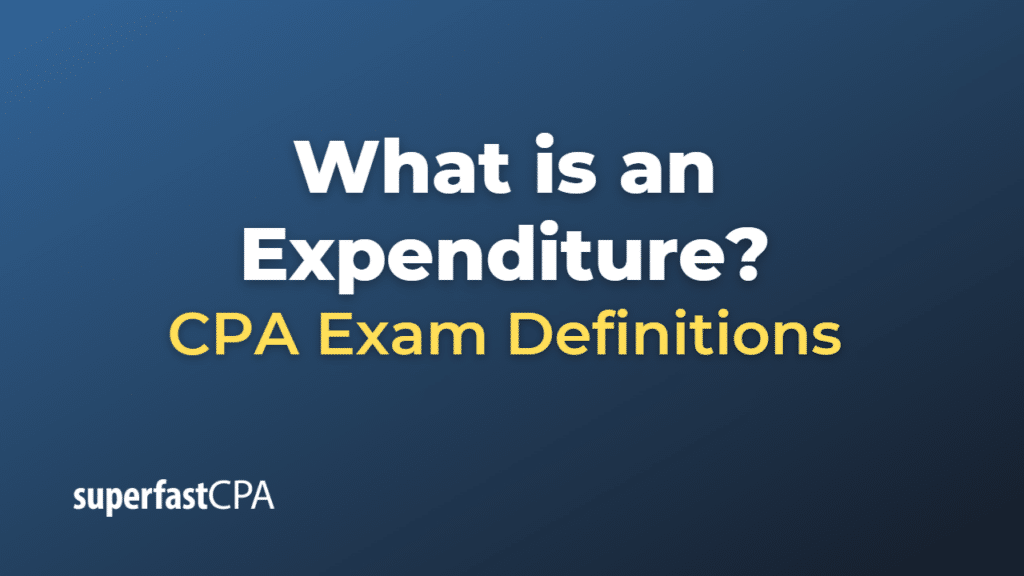Expenditure
An expenditure represents the outflow of money, or any form of fortune in general, from an individual, a business, or a government, usually in exchange for goods and services. Essentially, it is the act of spending or using resources like time and effort.
Expenditures can be categorized into various types based on their nature and purpose:
- Capital Expenditure: This refers to the money spent on acquiring or maintaining fixed assets, such as land, buildings, vehicles, equipment, or improving existing fixed assets.
- Operating Expenditure (OPEX): These are the costs that a business incurs as a result of performing its normal business operations. This includes rent, utilities, salaries, and raw materials used in production.
- Revenue Expenditure: This is an expenditure that is expensed in the full amount in the accounting period it was incurred. This could include routine expenses such as office supplies, utilities, and rent.
- Deferred Expenditure: These are costs that are initially recorded as assets but are expected to be expensed over time or in future accounting periods. This could include large advertising campaigns or research and development costs that provide benefits over several periods.
Remember, while the terms ‘expenditure’ and ‘expense‘ are often used interchangeably, they do have distinct meanings in accounting. An expenditure represents a payment with either cash or credit to purchase goods or services, while an expense is the consumption of goods or services, regardless of the payment time.
Example of an Expenditure
Let’s take a small business as an example to illustrate different types of expenditures:
- Capital Expenditure: Suppose the business decides to purchase a new machine to increase its production capacity. The money spent on buying this machine is a capital expenditure because it’s an investment in a long-term asset that will be used over several years.
- Operating Expenditure (OPEX): The monthly rent the business pays for its office space or manufacturing facility, the salaries it pays to its employees, the cost of utilities like electricity and water, and the money it spends on raw materials for production – these are all examples of operating expenditures.
- Revenue Expenditure: If the business spends money on office supplies like pens, paper, or printer ink, these are revenue expenditures. They’re necessary for the day-to-day operations of the business, but they don’t contribute to the creation of long-term assets.
- Deferred Expenditure: Suppose the business launches a large advertising campaign expected to boost its sales over the next two years. The cost of this campaign would initially be recorded as a deferred expenditure (an asset) because it’s expected to provide benefits over multiple accounting periods. Over time, as the benefits from the campaign are realized, the cost would be gradually expensed.
Keep in mind that how these expenditures are recorded and reported in the financial statements can have a significant impact on the business’s reported profits and tax liabilities, which is why it’s crucial to correctly classify and account for different types of expenditures.













